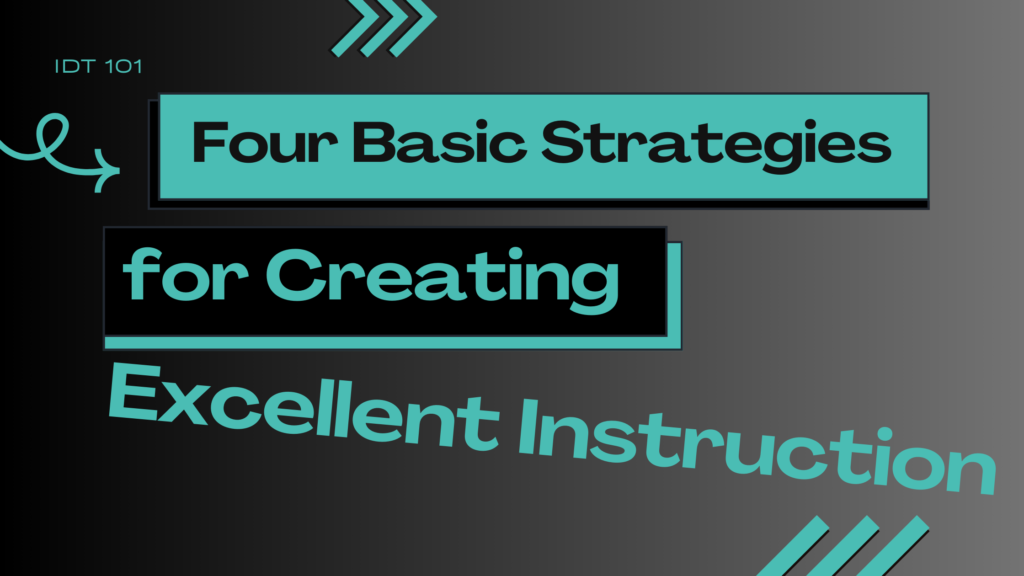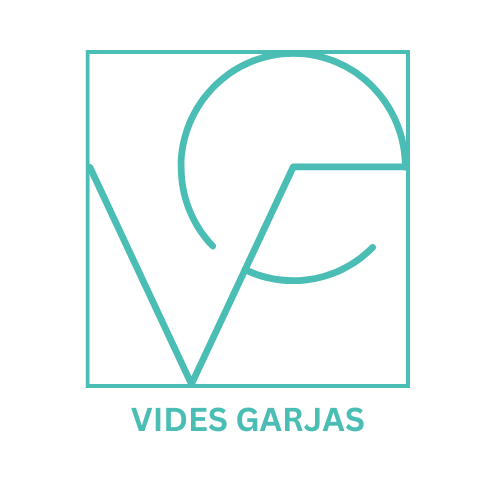
Photo adapted from Tell, Show, Do, Apply: The Anatomy Of Good Instruction (elearningindustry.com)
Teaching World History has always been exciting, I remember one particular class where I had students from diverse backgrounds, including a half-Japanese student. When teaching topics like World War II, creating an engaging and inclusive lesson is a challenge. I had already encountered the Tell, Show, Do, Apply Model while teaching, and when I came across it again in my readings from Module 2 on Instructional Strategies and Methods it refreshed my approach.
Gardner’s instructional model is straightforward yet powerful. It consists of four phases: Tell, where the teacher explains the concept; Show, where the teacher demonstrates it; Do, where students practice it; and Apply, where students use their new knowledge in real-life situations.

Photo adapted from Tell, Show, Do, Apply: The Anatomy Of Good Instruction (elearningindustry.com)
Tell phase
I started with a brief lecture covering key events and figures, as well as causes and effects from various nations, especially the Axis and Allied powers. I discussed the roles of the United States, Germany, Japan, and the Soviet Union. The goal was to help the students understand that each nation had its perspective, and even though they were on different sides, they all played significant roles in the war. This way, they could see the bigger picture and appreciate how complex things were then. This is also to ensure that each country’s narrative is presented fairly.
show phase
Using multimedia tools such as videos, photos, and animated maps, I guided students through the global scale of the war. I emphasized how visuals can carry cultural weight. For instance, a battle highlighted as a proud victory in one country might be remembered as a painful loss in another. These discussions helped students grasp how historical narratives can vary depending on perspective—similar to how people draw different conclusions from the same story.
do phase
To deepen their engagement, I organized a group activity where students role-played diplomats from various WWII countries, tasked with negotiating peace treaties. Each group had to advocate for terms based on the values, interests, and challenges of their assigned nation. It required critical thinking and empathy—students had to understand why certain terms mattered to the countries they represented.
I intentionally formed culturally diverse groups and emphasized the importance of inclusive dialogue. I facilitated the discussions so that more reserved students, especially those from cultures where speaking up isn’t the norm, had a space to share their ideas. This setup encouraged collaborative problem-solving rooted in respect.
apply phase
For the final part, students connected the content to their own communities and histories. They researched the war’s local significance, especially in our city, which was part of the historical Battle of the Bay. They visited the museum to study WWII shipwrecks, artifacts, and historical sites. Some students even presented personal family stories and how World War II shaped their heritage.
This phase made history tangible. Students saw it not as a list of dates and names but as something woven into their identities. It added context and emotional depth, which made the learning experience more memorable.
REFLECTION
Using the Tell, Show, Do, Apply model brought more structure and clarity to the lesson. It also helped create an inclusive environment where students could process complex content from multiple angles. It shifted the lesson from simple information delivery to meaningful engagement.
I plan to continue using this model in future instructional design projects. It aligns well with structured, application-based learning. Whether in education or corporate training, this model allows me to anchor content in practice and relevance. I’ll also implement evidence-based strategies to ensure alignment with learner needs, organizational goals, and broader standards. Feedback and collaboration will remain key, ensuring learners stay involved and empowered throughout their learning journey.
References
Gardner, J. (2013, October 23). Tell, Show, Do, Apply: The Anatomy of Good Instruction. eLearning Industry. https://elearningindustry.com/tell-show-do-apply-the-anatomy-of-good-instruction
Molina, S. C. (2012/2013). Romanticizing culture: The role of teachers’ cultural intelligence in working with diversity. The CATESOL Journal, 24(1). ERIC. https://files.eric.ed.gov/fulltext/EJ1111874.pdf




